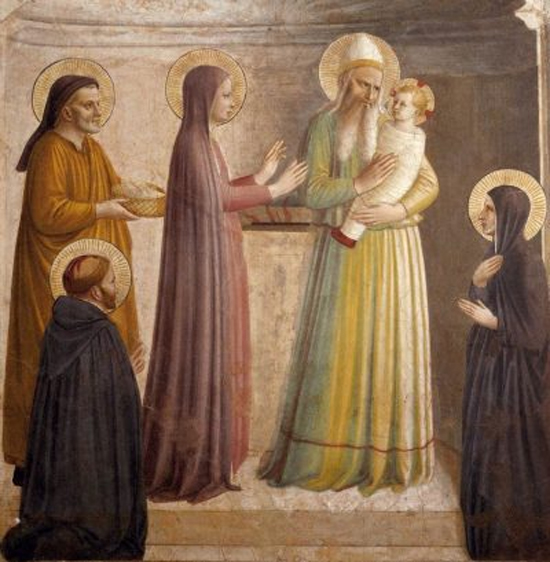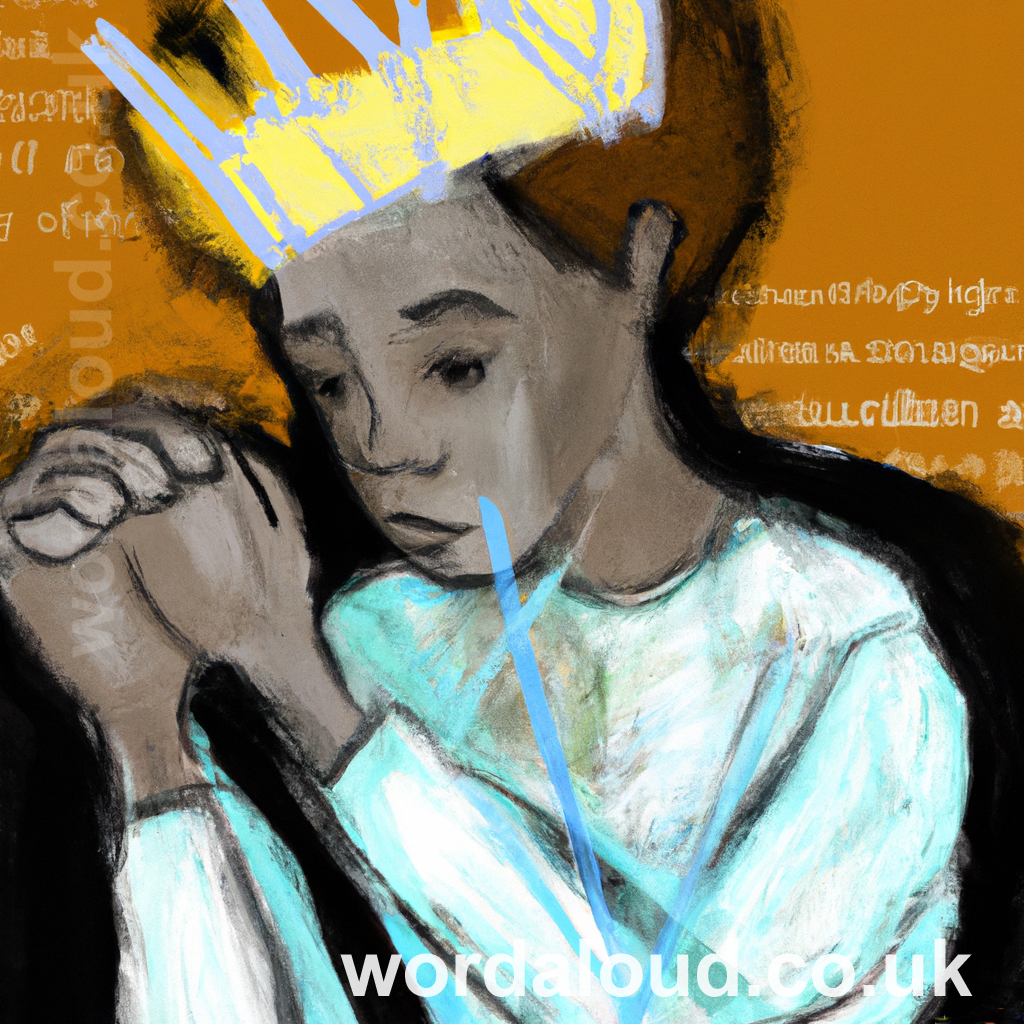Christian Art | Presentation Of The Lord In The Temple
Luke 2: 22-35 – Christmastide, 29th December (Audio Bible, Spoken Word)
22 And when the days of her purification according to the law of Moses were accomplished, they brought him to Jerusalem, to present him to the Lord;
23 (As it is written in the law of the Lord, Every male that openeth the womb shall be called holy to the Lord;)
24 And to offer a sacrifice according to that which is said in the law of the Lord, A pair of turtledoves, or two young pigeons.
25 And, behold, there was a man in Jerusalem, whose name was Simeon; and the same man was just and devout, waiting for the consolation of Israel: and the Holy Ghost was upon him.
26 And it was revealed unto him by the Holy Ghost, that he should not see death, before he had seen the Lord’s Christ.
27 And he came by the Spirit into the temple: and when the parents brought in the child Jesus, to do for him after the custom of the law,
28 Then took he him up in his arms, and blessed God, and said,
29 Lord, now lettest thou thy servant depart in peace, according to thy word:
30 For mine eyes have seen thy salvation,
31 Which thou hast prepared before the face of all people;
32 A light to lighten the Gentiles, and the glory of thy people Israel.
33 And Joseph and his mother marvelled at those things which were spoken of him.
34 And Simeon blessed them, and said unto Mary his mother, Behold, this child is set for the fall and rising again of many in Israel; and for a sign which shall be spoken against;
35 (Yea, a sword shall pierce through thy own soul also,) that the thoughts of many hearts may be revealed.
The first two chapters of the Gospel of Luke are more than history, as we now understand the term. The narrative captures core truths of the events which took place upon the birth of Jesus. They serve as a mirror in which we discover the meaning of the birth of Jesus and recognize that Jesus came to fulfil the promise of the Old Testament. They reflect the longing of the human heart as we find out about Jesus. To the Christians of Luke’s time, the infancy narrative of Luke’s Gospel offered a lesson in how to persevere in adversity as the Old Law gave way to the New. The attitude of Mary is a model to us all, as we welcome Jesus into our own lives, through family and faith. We marvel just as Joseph and Mary marvelled. Mary’s obedience teaches the way.
The Holy Family goes to Jerusalem to fulfil the requirements of the Law of Moses – the purification of the mother and the presentation and then redemption, the buying back, of the first born. According to Leviticus, a woman who bore a child was unclean, the period of legal impurity lasting for forty days, and ending with a rite of purification. Family and faith, Mary chooses to submit herself to the Law. Jesus is not come to abolish the Law, but to fulfil it.
Simeon is a righteous and devout man who has kept watch all his life for the coming of the Lord. Now he sees that the time has come. Simeon recognizes Jesus as the promised Messiah. This is through revelation. He offers himself to the Lord as a willing servant, rejoicing that he has seen the coming of salvation. Simeon’s prophecy recognizes that Jesus has come to be a light to all nations, including the people of Israel, the prayer toward the ‘up’ family and faith. The prophecy also recognizes that there will be very challenging times ahead. Christ will be a sign of contradiction – there will be struggle and there will be rejection, as there will be liberation from all evil for those who see the light of truth in Christ.
The offering Mary and Joseph bring to the Temple is a poor man’s offering, of two turtledoves or two young pigeons, rather than of a lamb. It is in this spirit of poverty that Jesus comes to us. This teaches us how we are to receive Jesus, opening ourselves to Jesus’ love and mercy in a spirit of poverty. It is when we dare to approach the Lord in such a spirit, casting off from ourselves all pride, all egotism and conceit, all pretention, that we can be truly ready to receive God’s Word, and it is then that we may rejoice with Simeon in the love, in the peace, of Christ.
‘Purification! You and I certainly do need purification. Atonement and, more than atonement, Love. Love as a searing iron to cauterize our soul’s uncleanness, and as a fire to kindle with divine flames the wretchedness of our hearts.’ St Josemaria Escriva.








